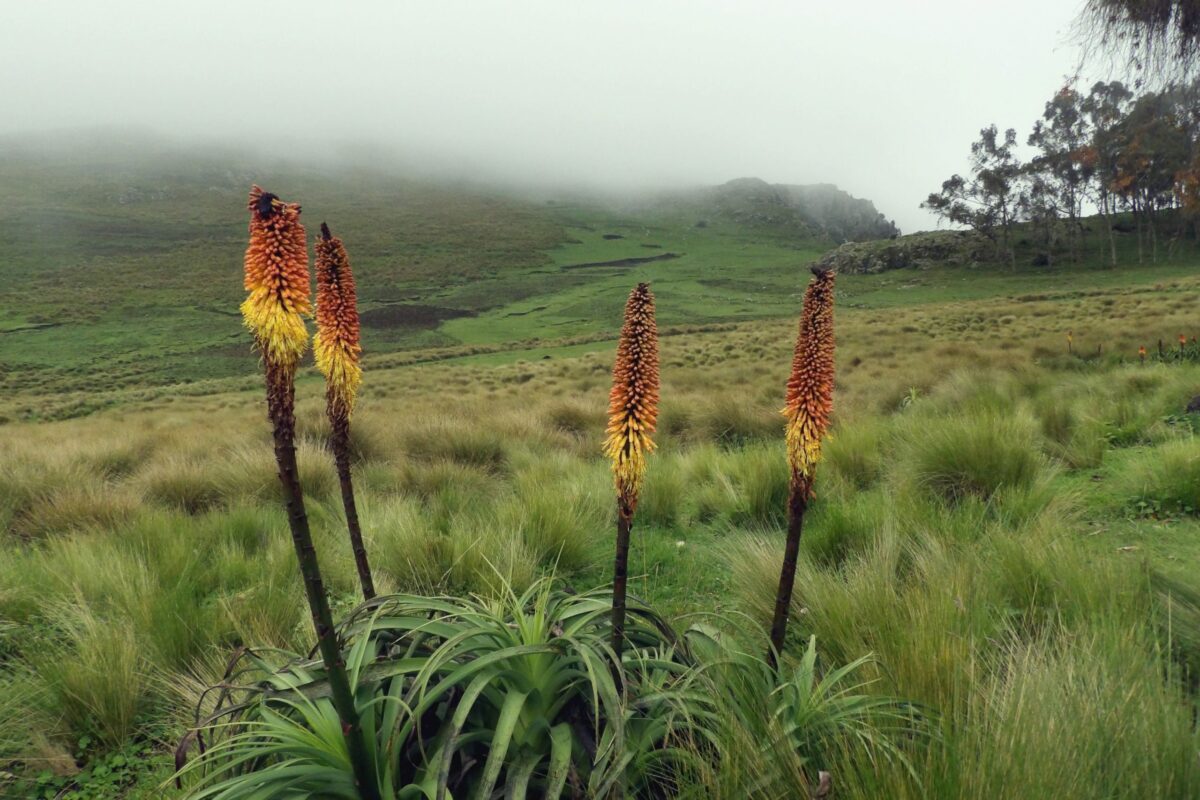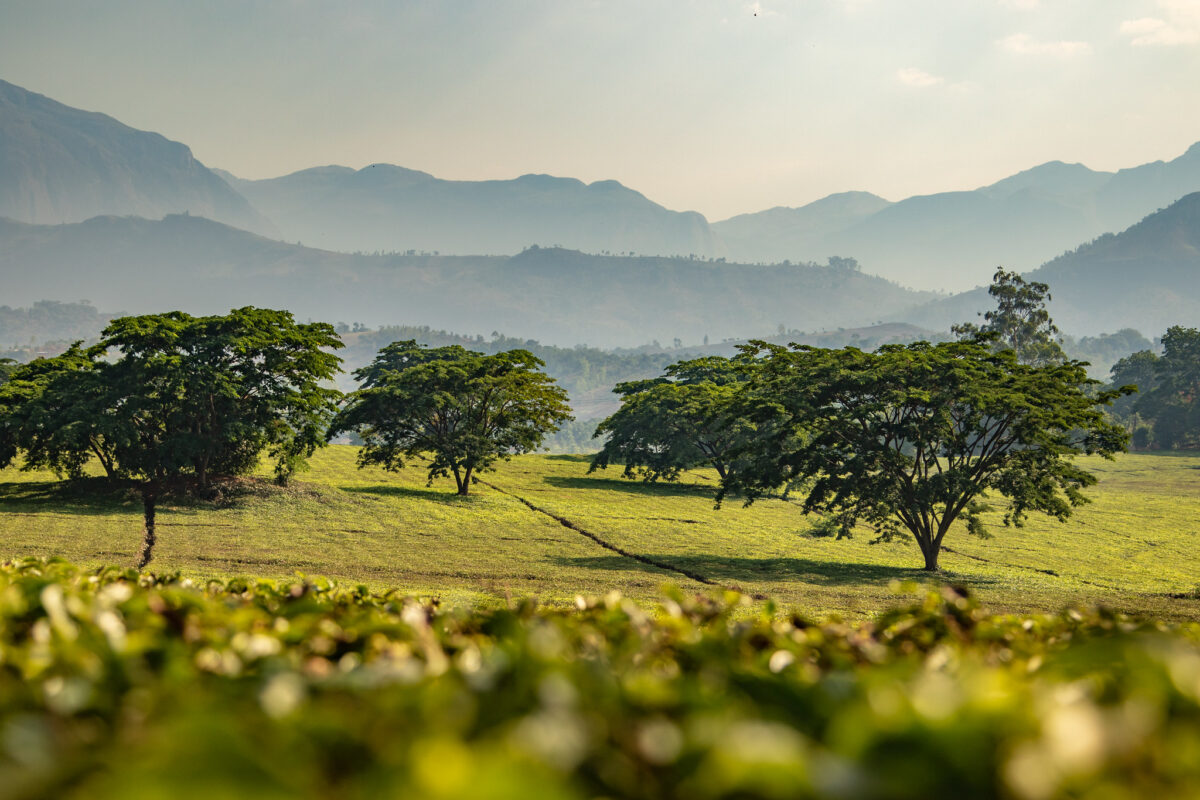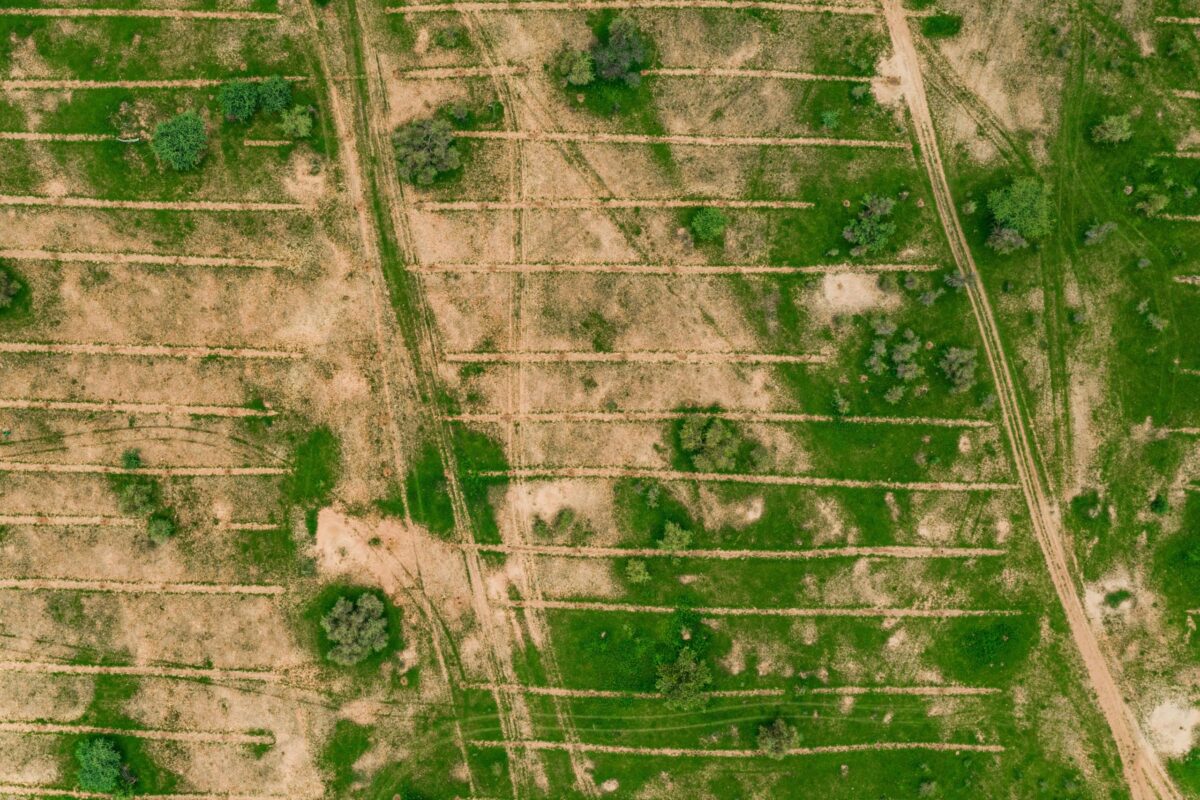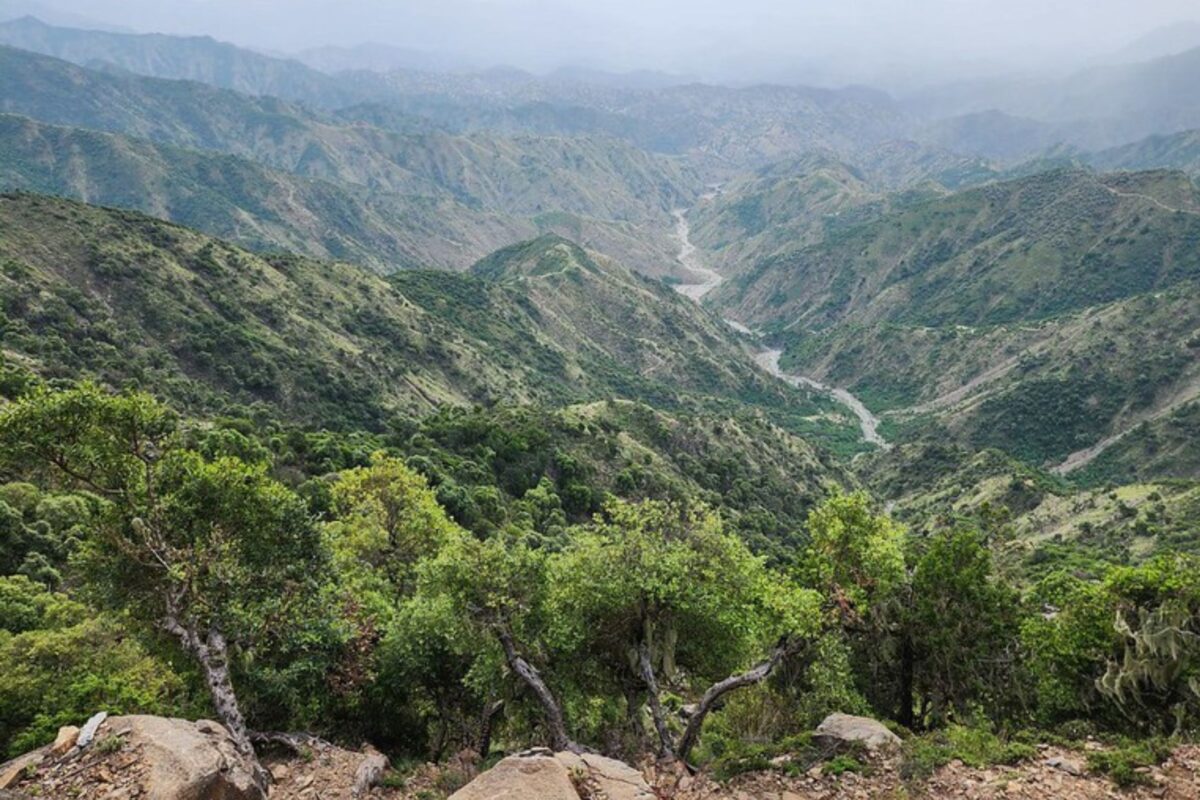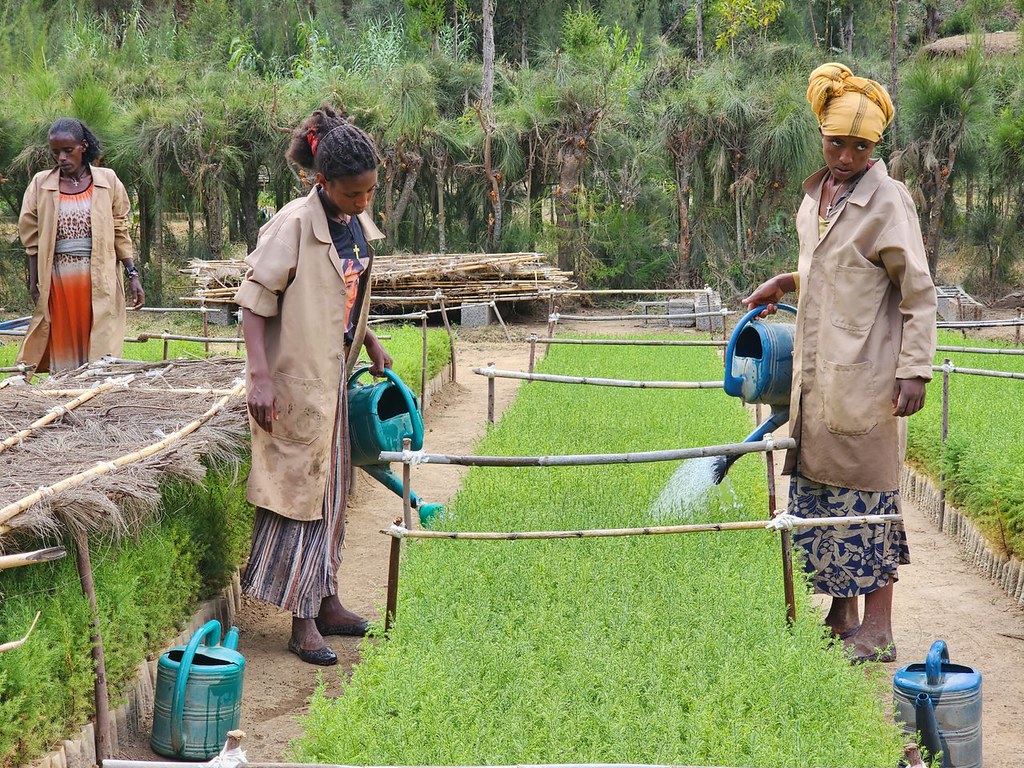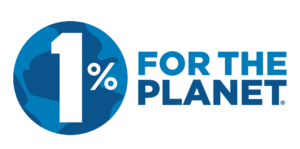The report revealed that one quarter of the world’s above ground carbon in tropical forests is in the hands of indigenous people and local communities.
It comes a week ahead of the COP 22 meeting in Marrakesh and draws attention to the significant role of forest people in helping national governments meet emission reduction goals.
However, there is a problem.
Though indigenous forest-dwelling and local communities have long resided in these areas, their rights to the land is often unrecognized. According to scientists, at least a tenth of the total carbon that is stored in tropical forests is not under any formal protection or recognition. Without this, these forests are more susceptible to economic pressures and deforestation. Indeed, in tropical forests in Brazil, Bolivia and Colombia, where indigenous and traditional communities have formalized their right to the land, it is estimated that deforestation rates are two to three times lower than elsewhere.
What this new report shows is how important a role indigenous and traditional forest people have in the fight against climate change.
Similarly, it suggests that these carbon maps could help secure indigenous and local communities’ land rights. Researches hope that emphasizing the carbon sequestration potential of the forest and the need for its protection will help secure the rights of indigenous people to own and manage their forests.
They are, after all, the traditional stewards of the world’s forests.


